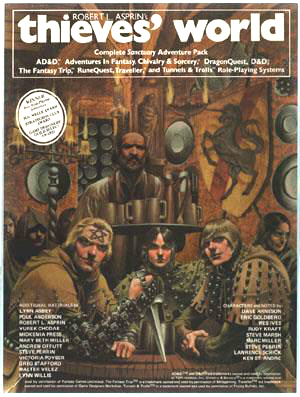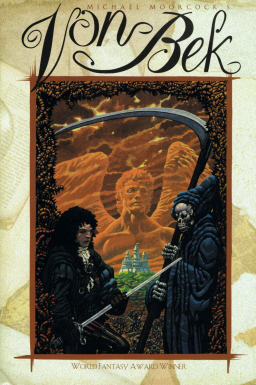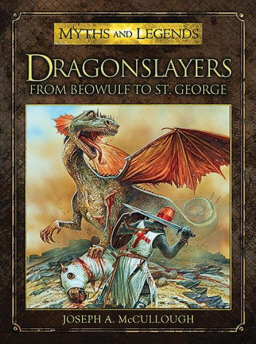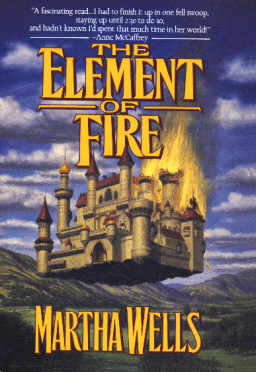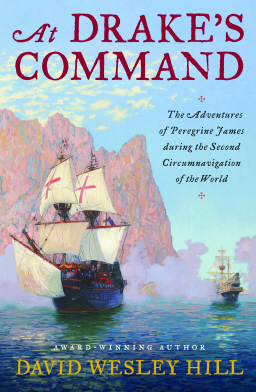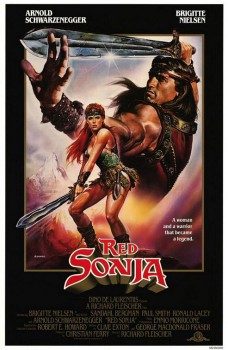What About Second Breakfast?
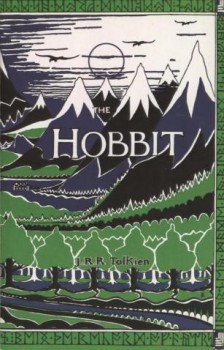 There are seven official mealtimes in Spain. The important one for our purposes is “segundo desayuno,” or second breakfast. Now, I can’t prove that this is where Tolkien got the idea, but I like to think so.
There are seven official mealtimes in Spain. The important one for our purposes is “segundo desayuno,” or second breakfast. Now, I can’t prove that this is where Tolkien got the idea, but I like to think so.
Last week we were talking about food and drink in Fantasy and SF, and how it can be used to give details of setting and character. Since the LOTR films, the term “second breakfast” is always going to be associated with Hobbits, with their lifestyle, and their attitudes to the world around them. Not that it started with the movie. Think about what we learned about Middle Earth in general, and Hobbits in particular – food, social customs, and etiquette – from the dining scene in The Hobbit.
It’s been suggested that we find more mention of eating and drinking in Fantasy than in SF. I don’t think that’s necessarily so, but it’s true that including food and drink in secondary world fantasy doesn’t require much in the way of technological invention or extrapolation – though it does require a little research. Most secondary fantasy worlds are facsimile versions of the past of our world – medieval era, renaissance, etc. – whether the basic setting is western European, Aboriginal, Middle Eastern or Asian. Pre-industrial is a pretty good way to think of it.
Food and drink is just as useful in giving necessary details of setting and character here as it is in any SF story or primary world fantasy. Maybe even more so. Besides, our characters still need something to do while they’re talking to each other, and travelling from place to place.
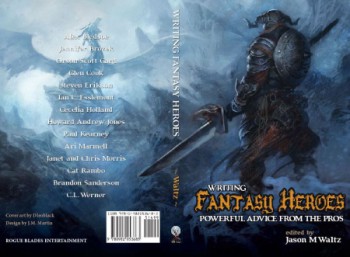
 One of the strangest and most distinctive elements of a super-hero is a secret identity. It’s so distinctive we don’t even think about how strange it is. Or, more precisely, how strange the heroic identity is. There’ve been disguises and alter-egos throughout fiction, whether Odysseus showing up at his home incognito before killing his wife’s suitors, or the heroines of Shakespearean comedy dressing up as men and taking male names, or Sherlock Holmes ferreting out clues while masquerading as a humble old book-seller or opium addict. But the super-hero identity, in its classic form, is less a person than an idea: a being known by a code-name, who does not pretend to be a specific person, but instead wears a mask or cloak, and who exists only for one reason — usually to defend against some injustice, to right wrongs, or generally to fight crime. The super-hero identity is not a person or a personality; it’s the idea of a person, the dream of an identity. Much has been written about the symbolic presentation of masculinity the dual identity implies, a weak or nerdy exterior hiding a powerful secret persona. It’s interesting, then, that the idea seems to have been created by a woman.
One of the strangest and most distinctive elements of a super-hero is a secret identity. It’s so distinctive we don’t even think about how strange it is. Or, more precisely, how strange the heroic identity is. There’ve been disguises and alter-egos throughout fiction, whether Odysseus showing up at his home incognito before killing his wife’s suitors, or the heroines of Shakespearean comedy dressing up as men and taking male names, or Sherlock Holmes ferreting out clues while masquerading as a humble old book-seller or opium addict. But the super-hero identity, in its classic form, is less a person than an idea: a being known by a code-name, who does not pretend to be a specific person, but instead wears a mask or cloak, and who exists only for one reason — usually to defend against some injustice, to right wrongs, or generally to fight crime. The super-hero identity is not a person or a personality; it’s the idea of a person, the dream of an identity. Much has been written about the symbolic presentation of masculinity the dual identity implies, a weak or nerdy exterior hiding a powerful secret persona. It’s interesting, then, that the idea seems to have been created by a woman.
